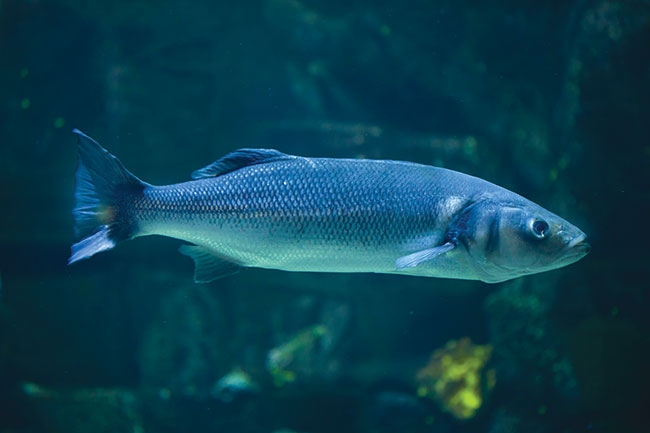
Features
Research
Alternating oil-based diet enhances growth in sea bream, sea bass: study
Mixed feeding schedules, based on ad hoc circadian patterns, may be instrumental to optimize fish oil use in aquafeeds, maintain the targeted omega-3 (n-3) fatty acids in fish tissues and ultimately support the further growth of an environmentally sustainable and economically viable aquaculture industry.
October 9, 2018 By Ruby Gonzalez
 Mixed feeding schedules
Mixed feeding schedulesThis was the conclusion in the study of Tufan Eroldoğan et al, which looked into circadian feeding schedules in juvenile gilthead sea bream (Sparus aurata) and European sea bass (Dicentrarchus labrax), and improving dietary fish oil utilization and n-3 long-chain polyunsaturated fatty acids (LC-PUFA) metabolism.
The fish are among the commercially important marine species in the aquaculture industry in the Mediterranean, where the study was conducted.
“This study showed that the daily alternation of fish oil- and canola oil-based diets in comparison to the continuous feeding with either fish oil- or canola oil- based diets can enhance growth performance and feed intake and can promote EPA and DHA content in the fatty acid profile of gilthead sea bream,” the authors said.
Four test diets, divided into experimental and control, were fed to the fish twice a day for 60 days. Extruded diets used had the same formulation and only differed in the added dietary lipid sources of either 100 per cent fish oil (FO-D) or 100 per cent canola oil (CO-D).
Under experimental, the first diet had CO-D in the first meal and, for the second meal, FO-D (COam). The second diet fed FO-D in first meal and CO-D in the second (COpm).
Under positive control treatment, fish were fed FO-D in both meals (posCT). In the negative control treatment, fish were given CO-D in both meals (negCT).
“The COpm diet worked while the COam diet tended to work equally well as the fish oil diet (posCT) in terms of fish performances and feed efficiency in gilthead sea bream,” they said. “But the posCT diet tended to outperform both COam and COpm diets in European sea bass.”
Both fish fed with the negCT diets exhibited the poorest performance.
Print this page
Advertisement
- Benchmark acquires aquaculture data technology firm Videntis
- Norway’s Skretting Aquaculture Research Centre expands to include RAS facilities





